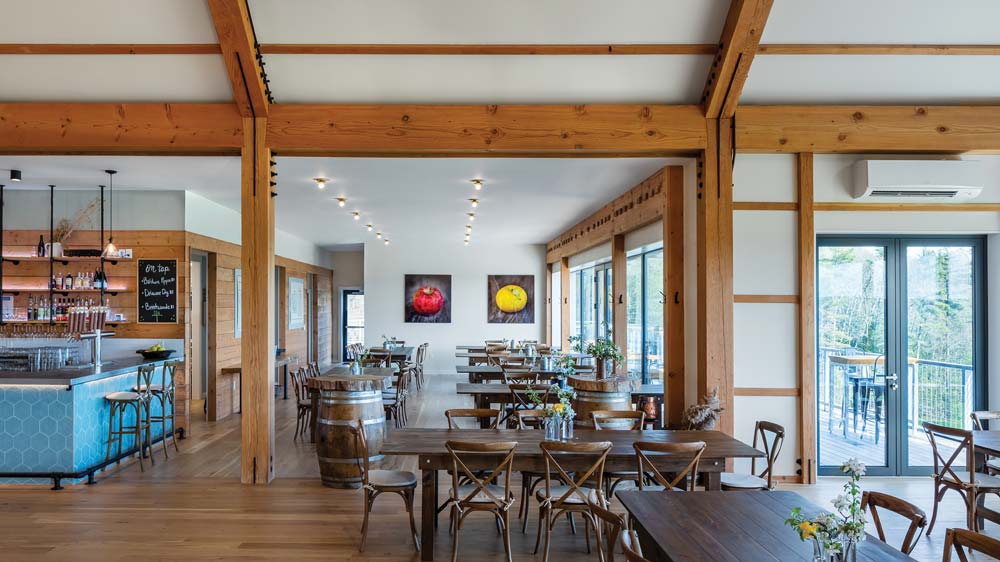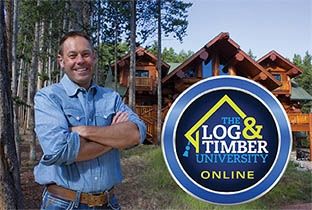
Passive house design is revolutionizing the concept of energy-efficient living. Originating in Germany, this innovative approach to residential construction reduces a home’s energy consumption by up to 90 percent, resulting in buildings that are both environmentally responsible and cost-effective to own.
According to Lindsay Schack, founder and principal architect at Love Schack Architecture and a certified consultant for the Passive House Institute US, high-performance windows, continuous insulation (preferably made from sustainable materials like straw or cellulose) and a tightly sealed envelope, when combined with the ideal location, work in harmony to capture and retain heat from both the sun and internal sources. She says these elements significantly reduce the need for artificial heating during the winter, while in summer, they offer cooling through strategic shading and balanced natural ventilation, often making air-conditioning unnecessary. “Your whole building envelope contributes to comfort,” she says.
Lindsay cautions that while true passive-house design is challenging to achieve with a full-log structure, it is still possible with a wood home. “I’ve seen timber frame structures that meet the goal,” she says. “Timber frames are more compatible with the layers that go along with the build.”
David Shirley, an architect and certified passive house builder with New Energy Works, points out that adhering to passive house standards results in a home or commercial building that not only is eco-friendly but is also healthy, comfortable and resilient.“It just feels good,” he says.
David advises new homeowners to incorporate passive house principles at the onset of planning and design, adding that it is not something “to be entered into idly.”
“It’s a full-system commitment,” according to David. “There has to be a willingness to invest the extra time, materials and labor to achieve the standards.”
Both David and Lindsay acknowledge that while passive-house design requires dedication, the rewards of energy efficiency, comfort and sustainability make it a worthwhile investment.
Passive House Principles
To be a passive house, a structure must use a set of core principles to attain a rigorous level of efficiency. The goal is to design and build homes that are better for people and the planet. These are the four pillars needed to achieve proper passive house status.
Logs’ Secret Energy Weapon
Thanks to modern insulation manufacturers, we are trained to measure a home’s ability to keep conditioned air inside and the elements outside with R-value, which gauges thermal (heat) resistance. In theory, the higher the number (R-38, R-60) the better the product. Frankly, if you measure the R-value of a single log, that number is not going to be high.
But R-value is only one way to determine how energy efficient a log home can be. There’s something logs have that fiberglass and even natural (cotton, wool, denim) insulation doesn’t, and that’s thermal mass.
Thermal mass is the ability of a material to absorb, store and slowly release heat over time, and full logs have that in spades. The larger the log diameter, the more thermal mass it has. And when you take erected walls composed of numerous logs all capturing and releasing that energy, you’ve got yourself quite the cozy environment.
So as you’re evaluating materials’ energy efficiency for your log home, don’t get stuck on R-value. Be sure to consider all the factors that make a log home feel so good.
Passive in Action

As the world’s first passive house cidery, Seminary Hill Cidery is as energy savvy as it is good looking. Learn more about the destination here.















